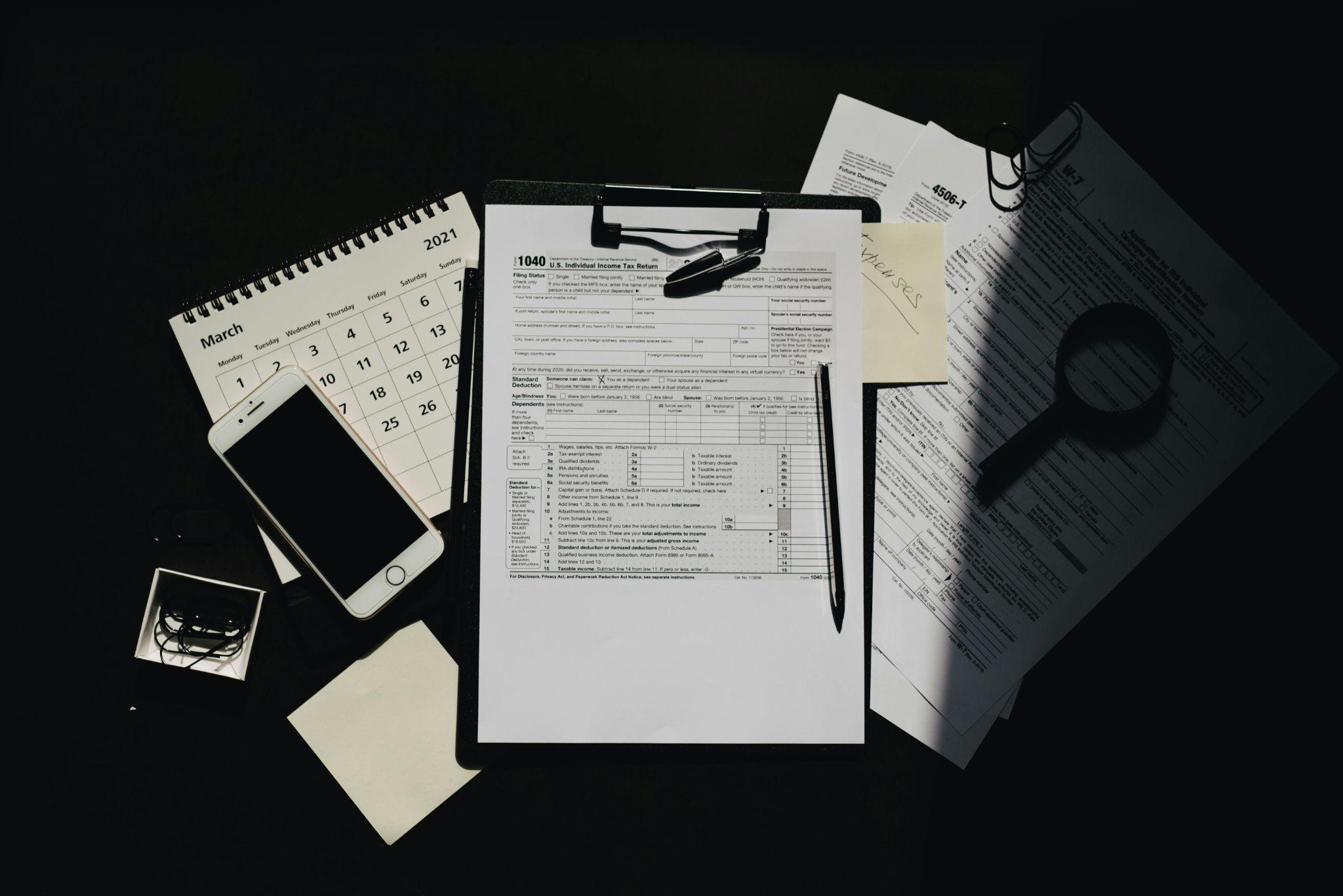
Business losses, while challenging, can offer tax-saving opportunities through carryforward and carryback for business losses. These provisions allow businesses to manage losses effectively, reducing tax burdens in profitable years or recovering taxes paid in prior years. Understanding these mechanisms can provide businesses with much-needed financial flexibility.
What Are Carryforward and Carryback Provisions?
Carryforward and carryback for business losses refer to tax rules allowing businesses to apply net operating losses (NOLs) to past or future taxable income. The aim is to offset taxable income, lowering the tax liability.
- Carryback:This provision permits businesses to apply losses to a prior tax year, potentially resulting in a tax refund for that year.
- Carryforward:This option allows businesses to use losses in future years, reducing taxable income and tax obligations during profitable periods.
The choice between carryforward and carryback depends on the financial goals and current tax position of the business.
The Benefits of Using Carryforward and Carryback
1. Recovering Prior Tax Payments
Applying losses to past tax years can provide immediate relief by recovering taxes previously paid. This is particularly beneficial for businesses experiencing a temporary downturn.
2. Reducing Future Tax Liabilities
Using losses in profitable years through carryforward lowers taxable income, reducing future tax burdens and improving cash flow.
3. Smoothing Out Income Volatility
Carryforward and carryback provisions help stabilize income fluctuations, offering consistency in financial planning and tax obligations.
Steps to Utilize Carryforward and Carryback for Business Losses

1. Evaluate Current and Past Tax Years
Assess the tax positions of past years and the expected profitability of future years to decide whether to use carryback or carryforward.
2. File Amended Returns for Carryback
Businesses opting for carryback must file amended tax returns for the applicable prior years to claim a refund.
3. Apply Losses in Future Years for Carryforward
For carryforward, track unused losses accurately and apply them against future income on subsequent tax returns.
4. Understand Limitations and Rules
Recent changes in tax laws may affect the extent and manner of using these provisions. For instance, the CARES Act temporarily expanded carryback opportunities for certain tax years. However, these temporary measures have expired, and the rules for carryforward and carryback have reverted to the guidelines established under the Tax Cuts and Jobs Act (TCJA) of 2017.
5. Seek Professional Advice
Engaging a tax professional can simplify the process and help businesses maximize the benefits of these provisions.
Nidhi Jain CPA Delivers Expert Tax Guidance
Managing carryforward and carryback for business losses requires careful planning and a clear understanding of tax laws. Nidhi Jain CPA, a reliable CPA in the Bay Area, provides expert advice for businesses of all sizes.
For expert tax advice, be sure to read our blog for valuable insights and tips. We share valuable tips, updates, and strategies to help you stay informed and ahead of the curve in the ever-changing world of taxes.



